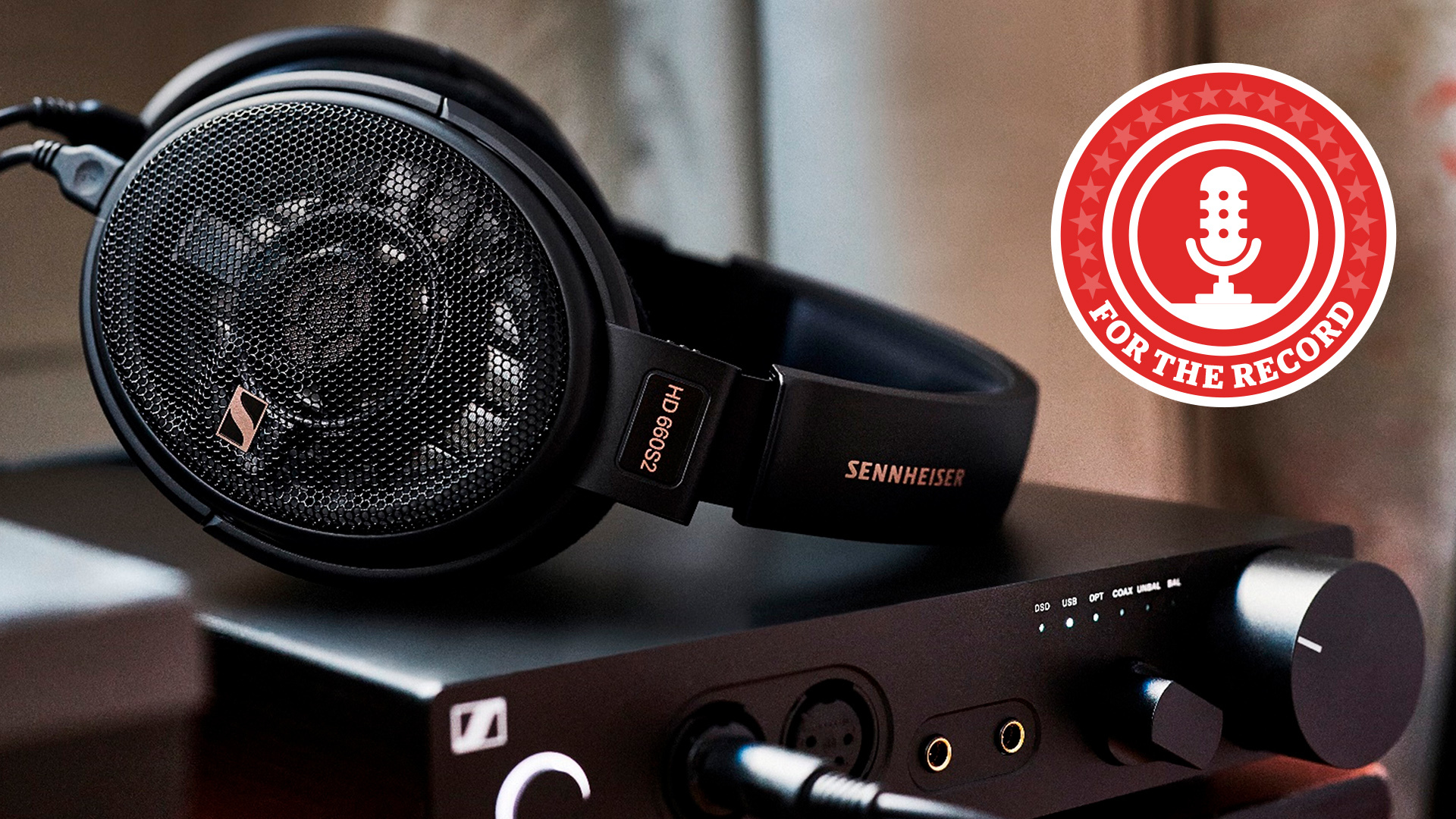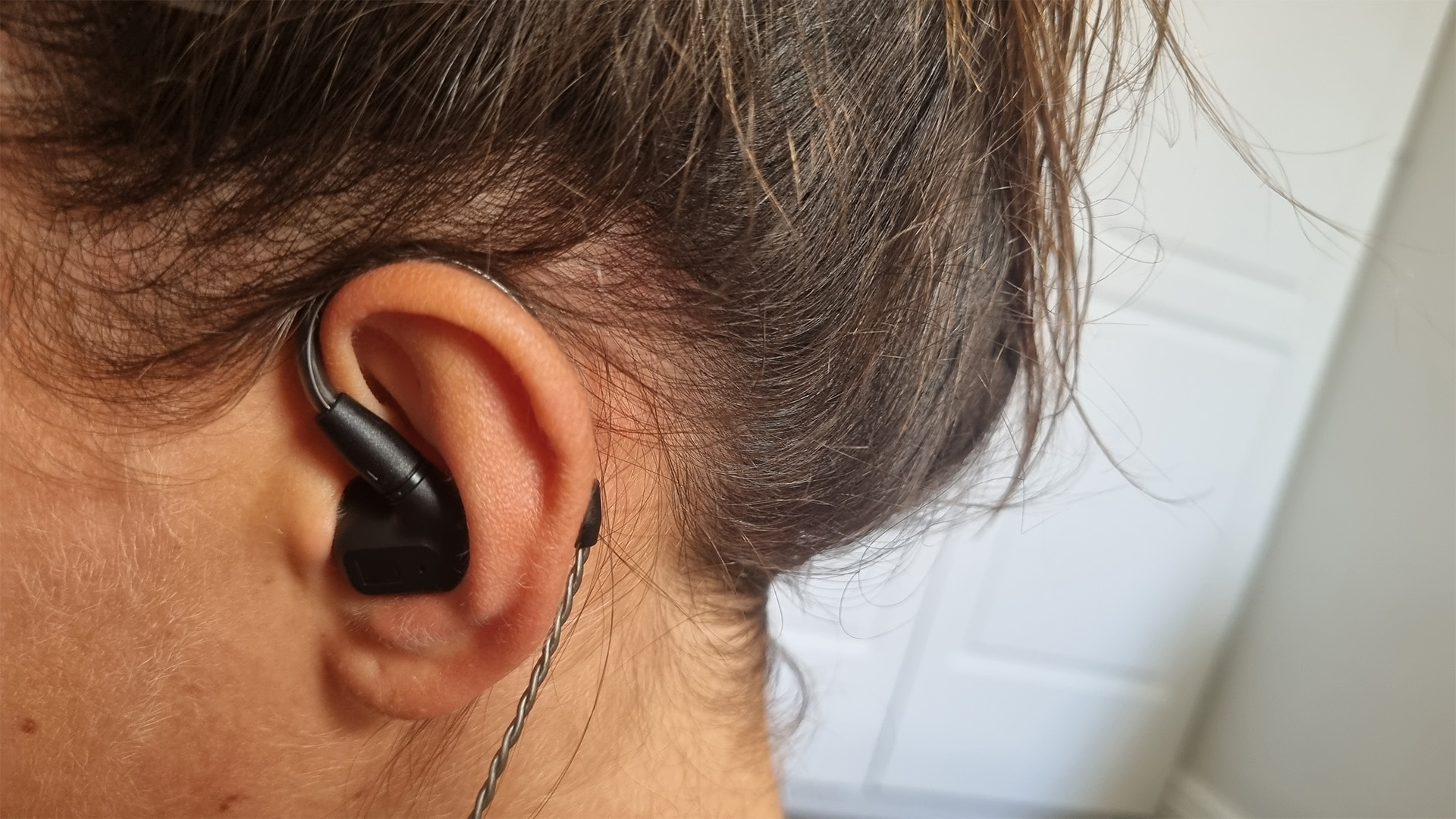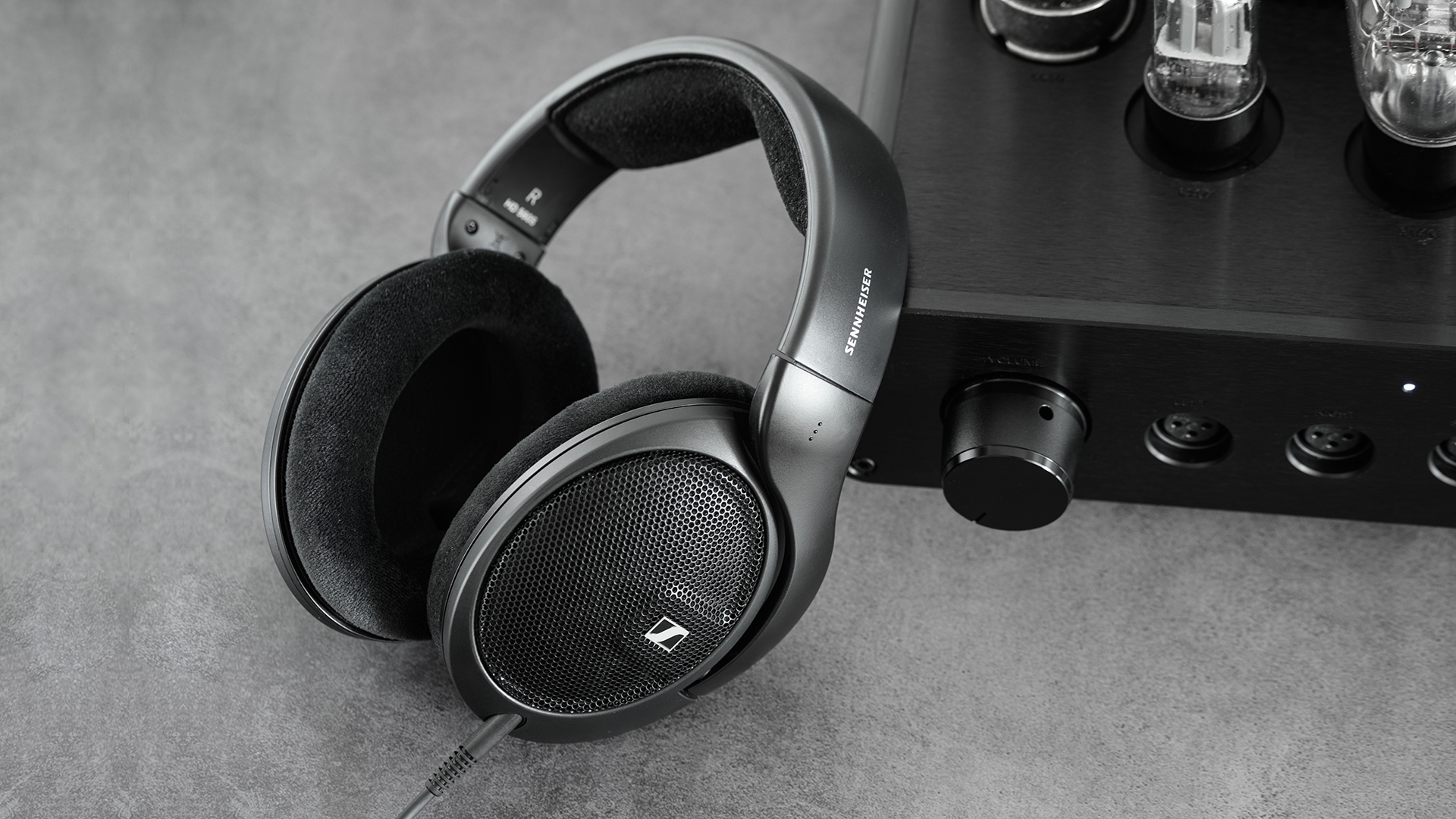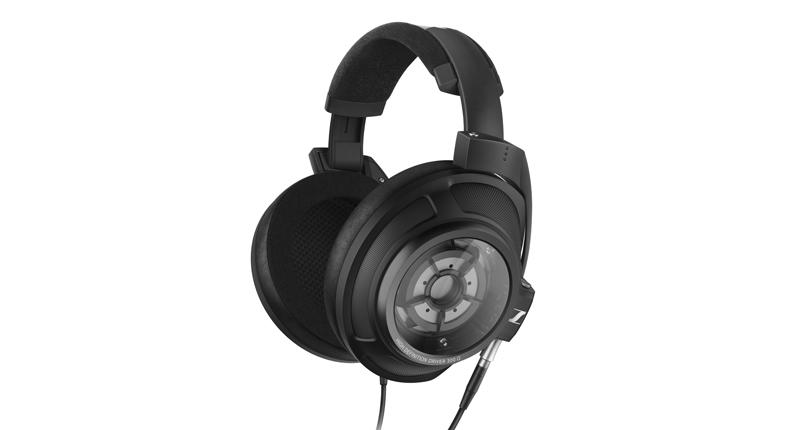
As you’d expect from any headphones manufacturer with an ‘audiophile’ range, Sennheiser has stuck by the wire like household electricians and die-hard Dominic West fans. More than half of its combined in-ear and over-ear lineup is wired, and recent releases such as the IE200 – now Sennheiser’s most affordable wired earbuds – demonstrate that the German brand is serious about offering sound-first models to as many people who value performance above wireless’s convenience.
But with convenience winning among the masses, what does the future of wired headphones hold? We spoke to Jermo Koehnke, Sennheiser’s audiophile product manager, on the longevity of cables, the eventual AI potential for wireless headphones, and whether the company plans to push its very respectable boundaries further in both the wired and wireless space.
- Best Sennheiser headphones: brilliant headphones for every style and budget
Long live wired
In a way, wired headphones have survived the arrival of wireless headphones – not in terms of still being used by the masses but by staying relevant and having a place. After all, the wireless space hasn’t been able to trample over the very high-end space, and those who prioritise sound quality above all else will still only be satisfied by wired pairs. Indeed, as Koehnke acknowledges, “The audiophile sentiment or the music enthusiast that I try to serve – if they valued convenience as much as they do sound quality, this category wouldn't exist anymore.”
And a third reason for its retained relevancy? Sustainability, says Koehnke. “I think the customer mindset of the [true wireless] category is inherently very wasteful at the moment,” he says. “Batteries need to be replaceable and all that stuff, so you have to replace a product every two years or so. And I think that has a big potential for conflict with rising awareness of environmental impacts. From that angle, there will always be a potential for wired headphones as they are inherently more sustainable options.”

“[The market] is similar to, for instance, high-end loudspeakers, which are not a huge market but one that’s sort of been stable already for 40 years or so," Koehnke continues. "And I expect that at least this level of market will be the same for wired headphones, with the exception that wired headphones have actually grown quite a lot! Our [audiophile] category has grown the fastest of any category within Sennheiser Consumer. True wireless has reached its peak: it’s not growing dynamically anymore and, of course, there's been an erosion of prices.”
So wired headphones live fairly healthily – which is more than could have been said for vinyl and turntables before The Vinyl Revival brought back what was considered a popularity exclusive to a bygone era. So will wired headphones experience such a renaissance? Will we be swapping AirPods for EarPods, convenience for the cable?
“Some people intentionally reject the AirPods because they are too mainstream and too much like the business person going down the street – they actively just want to push back against it," says Koehnke. "But I think that has been a minor thing really. In the long term, I believe there is potential for more resistance against the inherent race of wireless headphones – simplicity is always very appealing – though probably relatively short-lived. We would see a huge surge over a few years, and then it’d step down, because in the end, for most humans, convenience is just important, let's face it. We would all like to have a world where everybody is content with what they have and does not always chase the next new thing, but that's not the world we live in.”
Headphones’ next “magic moment”
We asked Koehnke what he believed was next for wireless headphones now that the ‘AirPods era’ true wireless market has established itself, and considering there has been talk of some alternative to Bluetooth transmission emerging down the line. While he noted that this topic is outside of his audiophile remit at Sennheiser, Koehnke offered some thoughts on where he sees headphones potentially going.
“We just had this huge revolution of Bluetooth Low Energy that has been officially introduced as a technology but hasn't really penetrated the market yet. Not every smartphone can do it yet, not every headphone can do it yet. But once it is in the market, I think the need for a better connection technology is satiated – you will have a much better battery life with a much better quality. And for 99.5 per cent of people, that will be enough. So I don't think it is in any way sensible to put wi-fi into headphones to achieve really complete lossless transmission. It also doesn't match well with most people who still play some sort of lossy music on a smartphone. The days of people having completely lossless music with completely lossless transmission, all of the time... they're still fairly far off. It might be direct 5G streaming or something instead.”
“For me, the next step from a technological point of view would be really to make the device hearable in the sense that you can completely control what you're listening to. The first, let's say, idea of that sort of thing is during transparency mode, where it automatically reduces the loudness of loud sounds so that at least you have complete protection against something exploding next to you – and that’s very simple to implement. But if somebody were able to put some on-device AI processing power into it so that it can actually recognise sounds you want to hear and not hear, that will be, I think, the next magic moment. You could really say ‘I only want to hear that person’, for instance. There are already demonstrations out there, where men and women both speak simultaneously into a microphone, and in real-time one of the voices could be taken off; it was actually able to somehow differentiate the frequencies. It's really crazy, and if you have a lot more people then of course it gets exponentially more complex.

“It’s machine learning, and they had a huge processing tower next to it, so it's not possible with headphones right now. So I think that is still far off. But it demonstrates what we could do in the future. What is probably not very apparent right now is why we would need it. But imagine always being able to select what you want to hear… and not just music but anything that might surround you. I think that is a fairly powerful vision that I'm sure every audio company has.”
This reminds us of Sonical, the California-based company behind the operating system 'CosmOS' and the idea of ‘Headphone 3.0’ as an evolved app system – a sort-of computer in your ears that could do beyond the mere musical. It’s an interesting concept (if a little Blade Runner world) that could indeed make headphones even more instrumental in our daily lives, but we agree with Koehnke: surely that level of smart, AI integration is quite a way off.
Chasing the closed-back market
As for the headphone market’s here and now, Sennheiser has many bases covered. But there are new corners that the company hasn’t yet tapped into. With the ceiling of wireless headphones' performance and price having been pushed by the AirPods Max, Mark Levinson No.5909, B&W Px8 and the like, will Sennheiser go beyond its Momentum Wireless 4 to produce a more audiophile Bluetooth model? And with its flagship HD 800 S now seven years old, with more ambitious models from the likes of Focal and Yamaha having been released since, will Sennheiser push forward in that end-game, high-end over-ear space?
Addressing my first question, Koehnke says: ”In my personal opinion as a product manager for the audiophile [business], wireless itself can never be the USP for an audiophile product. You can never say this is an audiophile product because it's convenient – that's the wrong approach. You always need to come from the other side and say ‘the headphone sounds good because of "xxx"'. If there's a technology that can really, really enhance sound beyond what is possible in a [wireless] premium headphone now, in Momentum form or whatever – because it's way too expensive, or because it draws a lot of power – then it would make sense to put that into an active audiophile headphone that just by chance might be wireless.
“But just making an interesting product more expensive – I'm not a fan of that approach. If you've got to make a better transducer that actually sounds much better than everything else, and there would be a way to implement it in the next Momentum 5, then we will do that because the market is hyper-competitive and you would sell a ton of Momentum 5. So you really need the technologies that offer a huge user benefit, and that just isn't compatible in any way with a normal premium headphone, and I think one of our competitors has it so far. A fine product but nothing that makes me think, 'Okay this is five times better than a Momentum 4.'”

And as for a more progressive, lock-stock-and-barrel wired over-ear, the ambition certainly appears to be there. “It’s very easy to make plans but harder to follow through with them!” admits Koehnke. He says that the obvious answer would be to create a cheaper Orpheus HE 1, the £54,000 / $59,000 / AU$84,000 electrostatic model (complete with Class A MOS-FET high voltage amps in the earcups) that the company released some years ago (as an evolution to the brand’s Orpheus HE 90/HEV 90 from 1991, no less). Great, so when will the company start? Well, it’s not that easy…
“The manufacturing facilities are with Sennheiser Pro [not the consumer audio division now owned by Sonova]," explains Koehnke. "So do we build a new manufacturing facility and line of transducers for just one pair of headphones? We do not want to say ’no’, but there needs to be an idea for scaling it. Sennheiser has different operations from all other audiophile manufacturers – we are mass production, with the high-performance transducers in our wireless headphones.”
It’s not a sexy reason, but a challenge to overcome nonetheless. Still, while Koehnke spends the next minute of our conversation stating very reasonably that he believes the HD 800 S to still be a “very respectable flagship” and “a bargain compared to competition… unquestionably the widest soundstage, outstanding comfort and very good detail retrieval”, he does leave us with a glimmer of hope. “We always look at different ways we could go beyond the 800 S and will certainly work on something that can exceed [it].”
Koehnke says he actually has his sights set on the closed-back market, as a driving area for the brand’s growth in the wired space: “We really own the open headphone space in the entry-level price segment, with the HD 560 and HD 600 Series setting the standards at their price points. We have the HD 800 S in the high-end segment… and then with in-ears we have strong high-end models, and now the IE200 in the entry-level segment. But where we aren't really present yet is closed headphones, where right now Audio-Technica and Beyerdynamic are very strong, and where I would hypothetically set my sights on next. So I think just by segment penetration, we can still grow quite a lot. We are far from done.”
MORE:
Just in: Sennheiser to elevate earbuds listening with new Custom Comfort Tips
Best audiophile headphones 2023
Best Sennheiser headphones: brilliant headphones for every style and budget
It's official, the first "high-resolution" wireless headphones are coming







